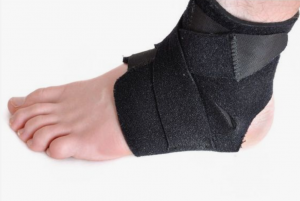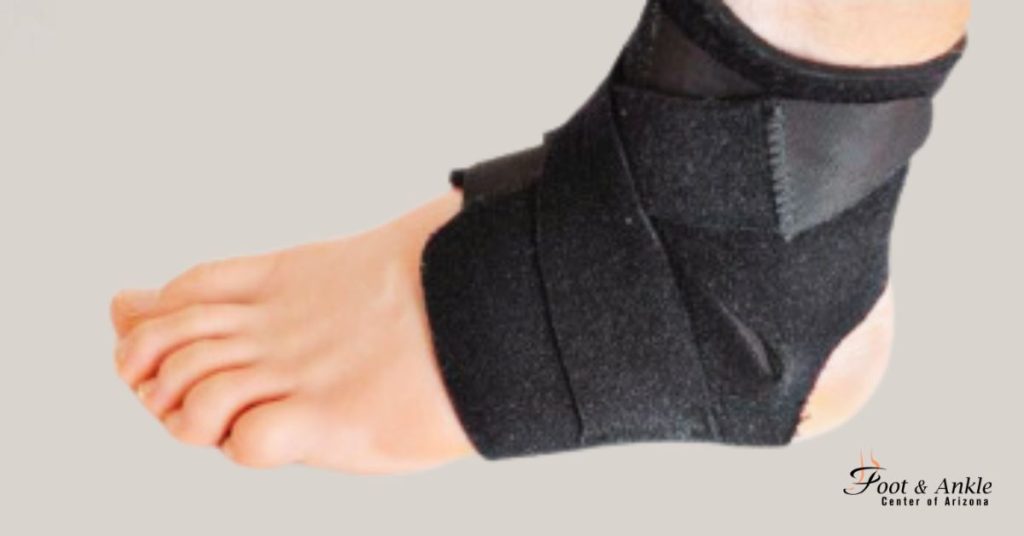Ankle pain can disrupt your daily life. Some ankle issues are chronic conditions that may require a more aggressive treatment approach, usually resulting in ankle ligament surgery. Did you know that around 40 percent of people across the country suffer from ankle pain? And sometimes you will only be able to find relief from undergoing surgery. So, what are the main causes of these ankle issues?
Common Ankle Issues
Is your foot or ankle sore? It could be one of many things including an ankle fracture, tendonitis, or even a dislocation.

One of the most common ankle issues is an ankle fracture. This is when there is a partial or complete break in the bone. Ankle fractures can be minor to severe. Injuries to the Achilles tendon are also very common. This could be a ruptured tendon, inflammation of the tendon, or degeneration of the tendon. If untreated, it could produce even more micro tears and worsen. Chronic Ankle Instability is caused by torn or stretched ligaments and usually requires ankle ligament reconstructive surgery.
Minor Treatment Options
Luckily, there are things you can do at home to try and find relief from ankle pain. If the pain continues or worsens, you may need more specialized treatment such as physical therapy, orthotics, and possibly surgery.
RICE!
- Rest
- Ice
- Compression
- Elevation
The most important thing you can do is rest! This means rest your injured ankle for at least a few days, then add light activity such as swimming into your routine. This may help with the healing process. To keep complete pressure off, it might be a good idea to use crutches.
When resting, apply ice to help with the pain and swelling. Start by applying ice for 20 minutes about 3-5 times a day. You can use a bag of frozen veggies or an ice pack. It is also helpful to soak your ankle in a slush bath for 20 minutes at a time. Just remember to use 90 minute breaks between icing sessions and use a towel between the ice and leg.
After resting and when it is time to use your ankle, make sure to wrap it with elastic bandage to reduce swelling, relieve pain, and help with mobility. Continue to compress the ankle until the swelling has gone down.
At night, keep your leg elevated by propping it up with pillows so your ankle is above heart level. This will help alleviate any pain you are experiencing before bed.
Surgery and Other Treatment Options
When your ankle pain is severe and you are not seeing any relief at home, it is time to take the next step.
If you have a fractured fibula or tibia, you will need surgery where a stable internal fixation is screwed into the bone. This plate will help keep the portion of the bone aligned so it can heal properly. You will not be able to place weight on the foot for 3 to 10 weeks, then you will need to wear a boot or cast until it is fully healed. Physical therapy will also be a helpful addition to your recovery.
To help with Achilles tendonitis, the Brostrom Gould technique is often used. During this procedure, the surgeon places dissolving stitches and anchors in the fibula bone to tighten the ankle ligaments. A splint is then applied after surgery. Once the swelling goes down, a cast is worn for 3 to 4 weeks. But you won’t be able to put weight on your foot for about 4 to 6 weeks. The recovery is long, anywhere from 6 to 12 months.
Other treatment options that have been proven to be successful in treating ankle pain includes shockwave therapy and PRP treatments. For over 20 years, Shockwave therapy has been used to treat ankle pain. Most patients need 3 individual treatment sessions that are scheduled weekly. Sessions take only about 15 minutes and are virtually pain free. The Foot and Ankle Center of Arizona uses EPAT, extracorporeal pulse activation technology, making shockwave therapy an advanced and highly effective treatment that is cleared by the FDA.
Pressure waves are used to stimulate and enhance blood circulation. This also accelerates the healing process as damaged tissues heal from regenerating.
You can expect to see results immediately and after 4 weeks, over 80 percent of patients have reported being pain-free.
Another effective non-surgical procedure that enhances healing is PRP (platelet rich plasma). This is the process of using human blood that is spun down and separated, which then produces a concentration of platelets that are above normal values. The extremely rich platelets are then injected back into the injured tissue. Using the patient’s own blood, a centrifuge is used to separate the platelets.
The Foot and Ankle Center of Arizona
At the Foot and Ankle Center of Arizona, you will work with a board-certified foot surgeon that you can trust to properly diagnosis your condition and offer a specialized treatment plan tailored to you. Our team will be with you every step of the way and will follow-up with you on your road to recovery.




